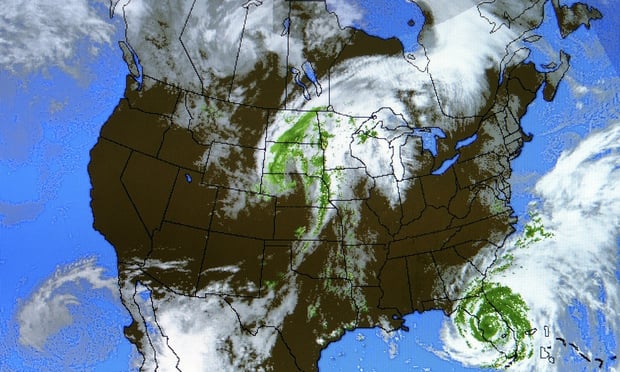 Businesses should designate one person — along with an appropriately trained alternate/backup — to take on the role of hurricane response coordinator. This person must communicate with leadership the minute they receive word of a hurricane and make sure all relevant stakeholders are informed of the threat in a timely manner. (Photo: Carolina K. Smith/Adobe Stock)
Businesses should designate one person — along with an appropriately trained alternate/backup — to take on the role of hurricane response coordinator. This person must communicate with leadership the minute they receive word of a hurricane and make sure all relevant stakeholders are informed of the threat in a timely manner. (Photo: Carolina K. Smith/Adobe Stock)
The 2020 hurricane season was particularly devastating, with seven of the 30 named storms claiming 86 lives and causing more than $40 billion in damages.
Recommended For You
Want to continue reading?
Become a Free PropertyCasualty360 Digital Reader
Your access to unlimited PropertyCasualty360 content isn’t changing.
Once you are an ALM digital member, you’ll receive:
- Breaking insurance news and analysis, on-site and via our newsletters and custom alerts
- Weekly Insurance Speak podcast featuring exclusive interviews with industry leaders
- Educational webcasts, white papers, and ebooks from industry thought leaders
- Critical converage of the employee benefits and financial advisory markets on our other ALM sites, BenefitsPRO and ThinkAdvisor
Already have an account? Sign In Now

